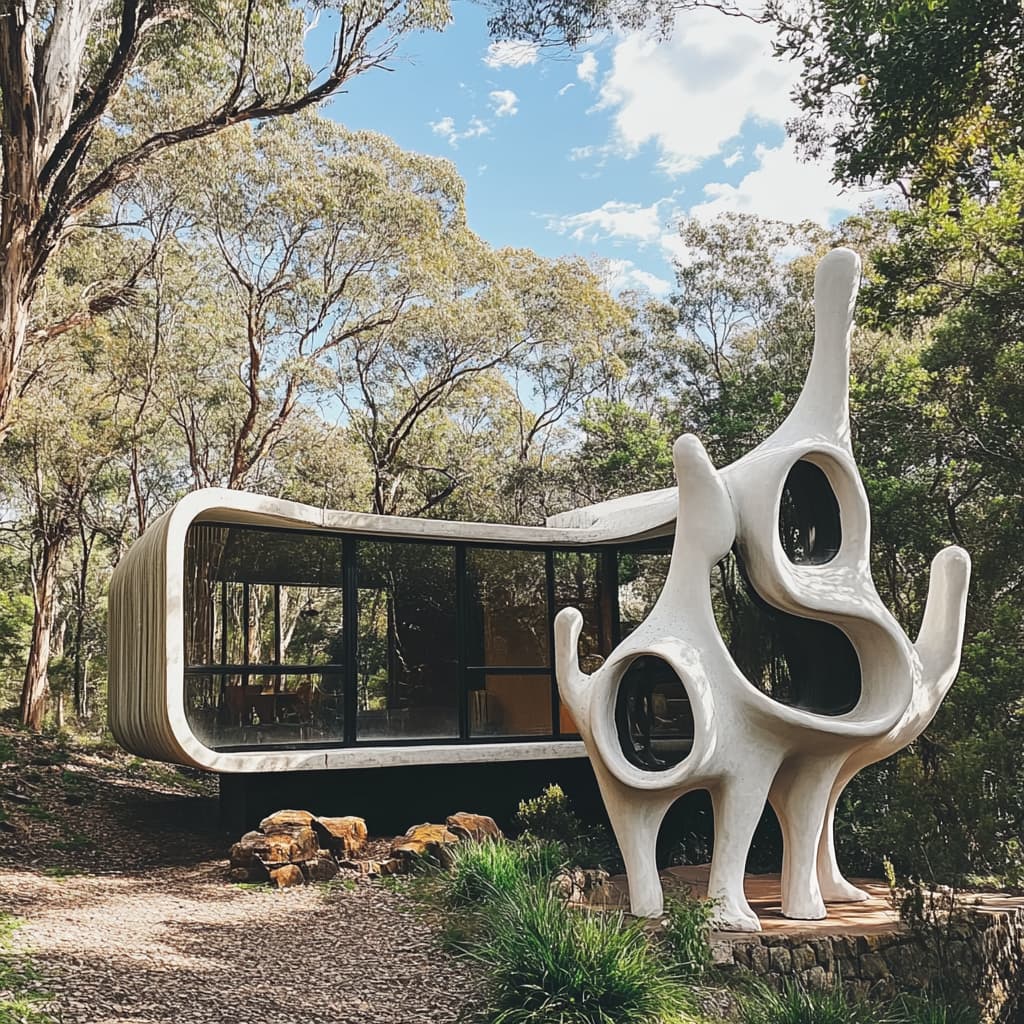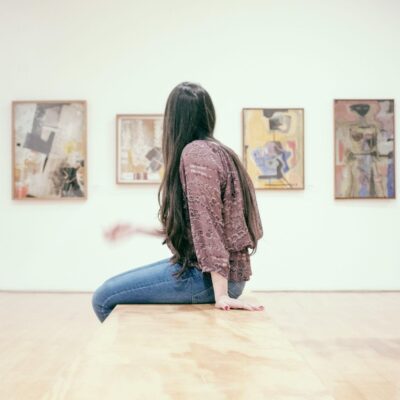
In Australia, art is no longer confined to gallery walls or museum spaces. Over the past few decades, contemporary Australian art has increasingly made its way into the streets, homes, and public buildings of cities and towns across the country. It merges with architecture, reshaping how people experience public and private spaces, and subtly weaving itself into the rhythms of everyday life.
This blending of art and architecture reflects not just an aesthetic evolution but a cultural shift — one where creativity becomes part of lived experience. From public installations to residential design, and from transport hubs to school courtyards, art is helping Australians reimagine space, identity, and the human connection to place.
Public Art as Urban Dialogue
Cities like Sydney, Melbourne, Brisbane, and Perth have become known for their thriving public art scenes. Sculptures, murals, interactive installations, and architectural facades now form an integral part of urban identity. These artistic interventions aren’t just decorative; they engage with their surroundings, tell local stories, and provoke conversation.
Take Melbourne’s laneways, for example. Once overlooked backstreets, they are now global icons of street art culture. Graffiti, paste-ups, stencils, and murals fill these corridors, transforming them into dynamic, ever-changing galleries. This has altered how people move through the city — encouraging exploration, photography, and cultural appreciation in places once ignored.
Similarly, Sydney’s Barangaroo Reserve and its surrounding architectural design feature works by Aboriginal artists that connect visitors with the Indigenous history of the land. The integration of traditional symbolism into modern infrastructure reflects a growing recognition of First Nations narratives in contemporary Australia.
Blurring the Line Between Art and Architecture
Many Australian architects are now actively collaborating with artists to create buildings that are both functional and expressive. The boundaries between form and imagination, utility and culture, are becoming increasingly porous.
One of the best examples of this integration is found in the National Museum of Australia in Canberra. The building itself, designed by architect Howard Raggatt in collaboration with artist and designer Robert Owen, is a sculptural statement. Its looping structure, jagged angles, and color-coded segments embody a fragmented storytelling of Australia’s complex national identity. Here, art doesn’t sit inside the building — the building is art.
Across the country, schools, libraries, community centers, and commercial spaces are being designed with visual art at their core. Facades become canvases. Skylights and windows reflect artistic intentions. Materials, shapes, and textures are inspired by natural environments and cultural heritage. These creative choices influence how people feel and interact within spaces, making the everyday experience more thoughtful and humane.
Art in the Home: A Cultural Expression
While public art often grabs headlines, the private sphere also reflects a growing appreciation for contemporary creativity. In Australian homes, art is becoming a means of self-expression, storytelling, and comfort.
More homeowners are commissioning local artists to create site-specific works — murals in outdoor patios, sculptural lighting in dining areas, and ceramic pieces embedded in kitchen tiles. Architecture firms are also offering art curation services as part of home design packages. This trend reflects a desire to personalize space and connect living environments with cultural and environmental themes.
In regional and rural Australia, this integration also serves to celebrate local heritage. Homes may feature Indigenous art from nearby communities, or repurposed materials from old farm equipment used as sculptural elements. These details offer a sense of identity and continuity, grounding contemporary design in place and memory.
Transport Hubs and Everyday Interactions
Even the most routine parts of daily life — commuting, walking to school, going to the market — are being transformed through art. Australia’s transport infrastructure now includes art as an essential design element rather than an afterthought.
In Perth, for instance, the train stations on the Mandurah Line feature a series of large-scale artworks created in collaboration with local artists. These works not only beautify the space but also reflect the cultural stories and natural features of the surrounding areas.
Brisbane’s busway stations, too, incorporate visual and sound art that shifts with the environment and seasons. Commuters are invited to engage with art not as a destination but as part of their routine — a surprising moment of inspiration between the everyday motions of life.
Temporary Installations and Festivals
Another way contemporary art integrates into public life is through temporary installations and cultural festivals. Events like Sydney’s Vivid Light Festival, Melbourne Art Fair, and Adelaide’s Tarnanthi bring cutting-edge visual art into open-air settings and civic buildings.
These temporary interventions often use digital projection, interactive design, and soundscapes that invite participation from audiences of all ages. Facades of historic buildings become animated with light and movement, blurring the line between architecture and screen. Parks and bridges host sculptures that change how people move and behave in those environments, even if only for a few days.
Such events serve as an important reminder that art can be temporal and site-responsive — something that surprises, challenges, and delights, even in a brief encounter.
Indigenous Voices in Contemporary Design
A particularly important and growing aspect of Australia’s art and architecture dialogue is the integration of Indigenous art and knowledge systems. More public projects are now developed in consultation with Aboriginal and Torres Strait Islander communities, ensuring that their stories are not just acknowledged but embedded into the built environment.
Examples include the use of traditional weaving patterns in structural design, or the installation of sculptural works that align with sacred geography. The Marrickville Library in Sydney, for example, features a woven ceiling by Indigenous artist Uncle Badger Bates that symbolizes river systems and cultural connections.
These integrations are not symbolic—they are acts of cultural resilience, inclusion, and reparation. They invite all Australians to live with and within Indigenous knowledge, bringing past and present together in everyday structures.
Conclusion: Living With Art, Not Just Looking at It
Contemporary Australian art is no longer limited to spaces labeled “art”. It is emerging in the streets, in transportation, in educational institutions, in family homes, and in the very fabric of public and private architecture.
By integrating creativity with construction, design with emotion, and aesthetics with function, Australians are reshaping how they relate to their surroundings. These collaborations between artists and architects don’t just produce visually stunning results—they create spaces with meaning, provoke dialogue, and invite reflection.
In an era where the pace of life often pushes people toward efficiency and uniformity, art in everyday environments offers something vital: connection, wonder, and beauty woven into the places we inhabit.




